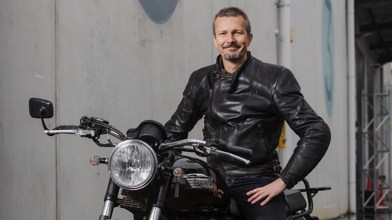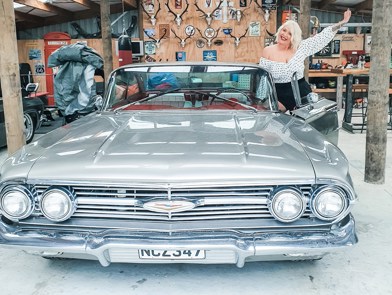ASTON MARTIN COVERED IN COBWEBS AND RAVAGED BY RUST, BUT STEEPED IN RACING HISTORY, SELLS FOR ASTRONOMICAL AMOUNT
Among a raft of supercar exotica and a bounty of legendary race cars available at auction, a sorry-looking Aston Martin stole the headlines at the inaugural Goodwood Festival of Speed Bonhams sale.
Under the flaking paint and weathered leather bonnet strap is a post-war endurance racer that's remained almost untouched since it completed back-to-back 24-hour marathons almost 70 years ago — and a buyer has just spent £679,100 (NZ$1,281,852), including buyer's fees, to acquire it.
The ideal “fixer-upper” went under the hammer at the annual motoring event last week. But this will not be a one-winter restoration project.
Porsche may have celebrated a second consecutive victory at Le Mans this year, but this Aston Martin DB2 Fixed-Head Coupe was crossing the same finish line at the 8.5-mile long Circuit de la Sarthe 67 years previous.
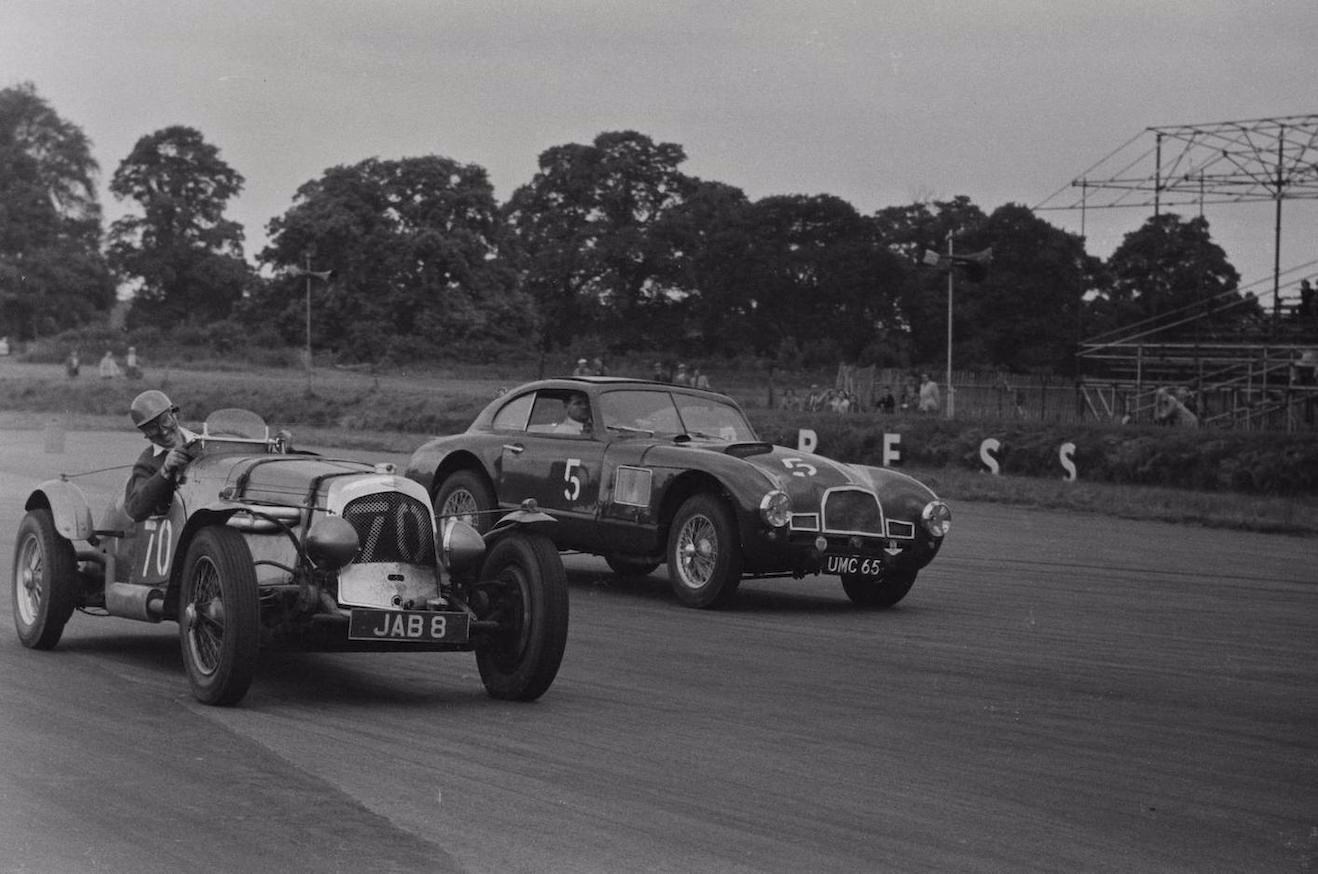 The 1949 Aston Martin DB2.
The 1949 Aston Martin DB2.
Though it might not have won, it did take seventh position overall (third in class) at what was the first post-war Grand Prix d'Endurance, in the hands of Arthur Jones and Nick Haines.
Tragically, one of the sister cars run by the factory Aston Martin team had a brake failure while occupying fourth position in the race, resulting in a crash that tore the engine from the chassis and collapsed the roof on driver Pierre Marechal, who later succumbed to his injuries.
Undeterred, the team transported this Fixed-Head Coupe — registration number UMC 65 — to the gruelling Spa 24-Hour race just two weeks later, where Haines and rookie Lance Macklin took the chequered flag in fifth position.
Following its 48 hours of endurance endeavours, the car competed on the domestic scene for a further eight years before passing into the hands of its most recent owner, Christopher Angell, in 1965.
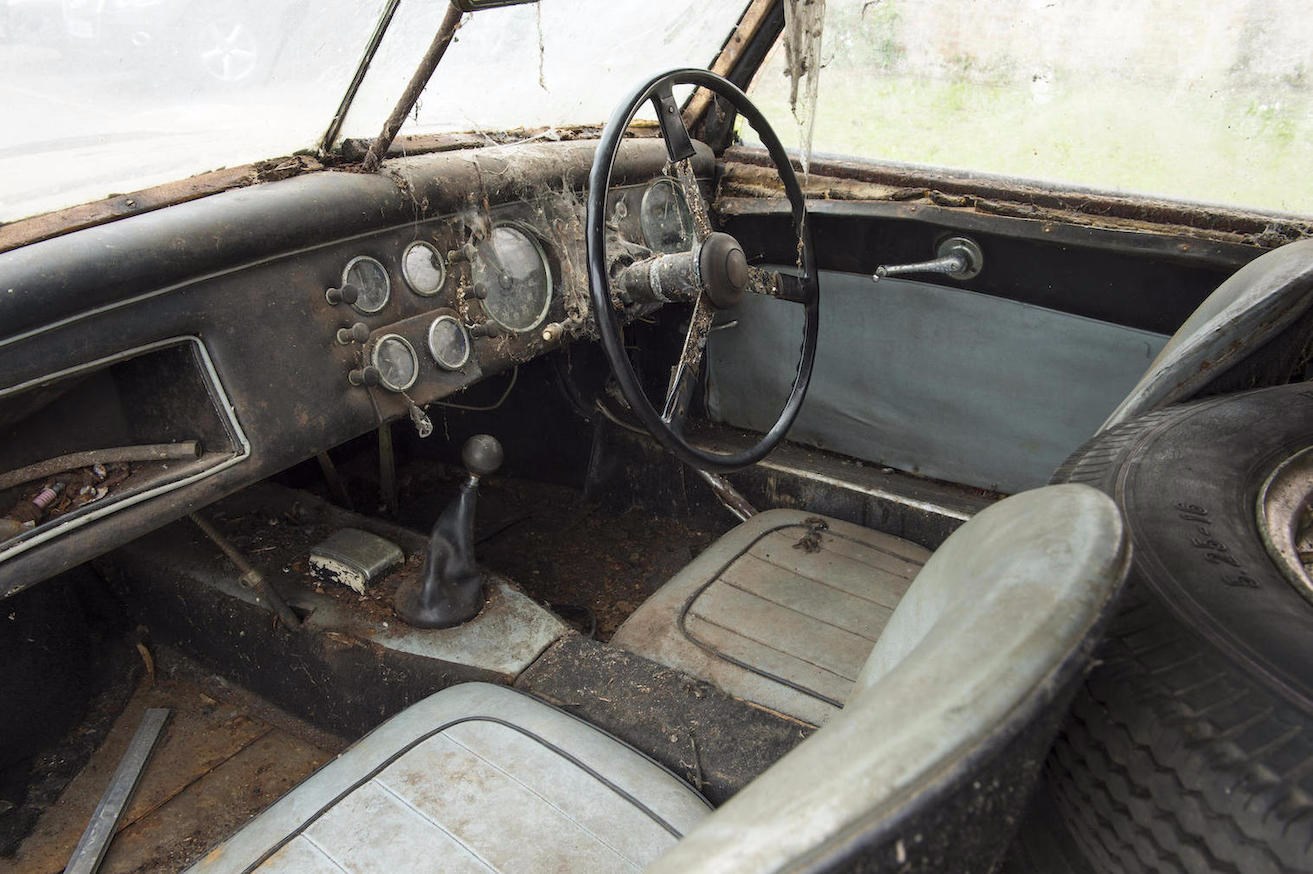 After a brief return to the Le Mans circuit to complete a track parade in 1971 the vehicle saw decreasing use due to Angell's poor health, eventually stagnating in his garden in Hertfordshire, where the elements battered the Aston over decades of neglect.
After a brief return to the Le Mans circuit to complete a track parade in 1971 the vehicle saw decreasing use due to Angell's poor health, eventually stagnating in his garden in Hertfordshire, where the elements battered the Aston over decades of neglect.
Despite being in a dilapidated condition, the car was stolen from Angell's premises in 2002 and subsequently pulled from a minor auction as the thieves attempted to sell it on — it was then returned to the family who inherited the vehicle following Angell’s death in 2003.
After years of trials and tribulations, the DB2 Fixed-Head Coupe is almost as it was when it hurtled around the Le Mans circuit in 1949 — once you take the decay into account, of course.
Aside from having lost its enormous 48-gallon long-distance fuel tank and having a modified radiator grille, it is essentially in “unspoilt condition”, according to Bonhams.
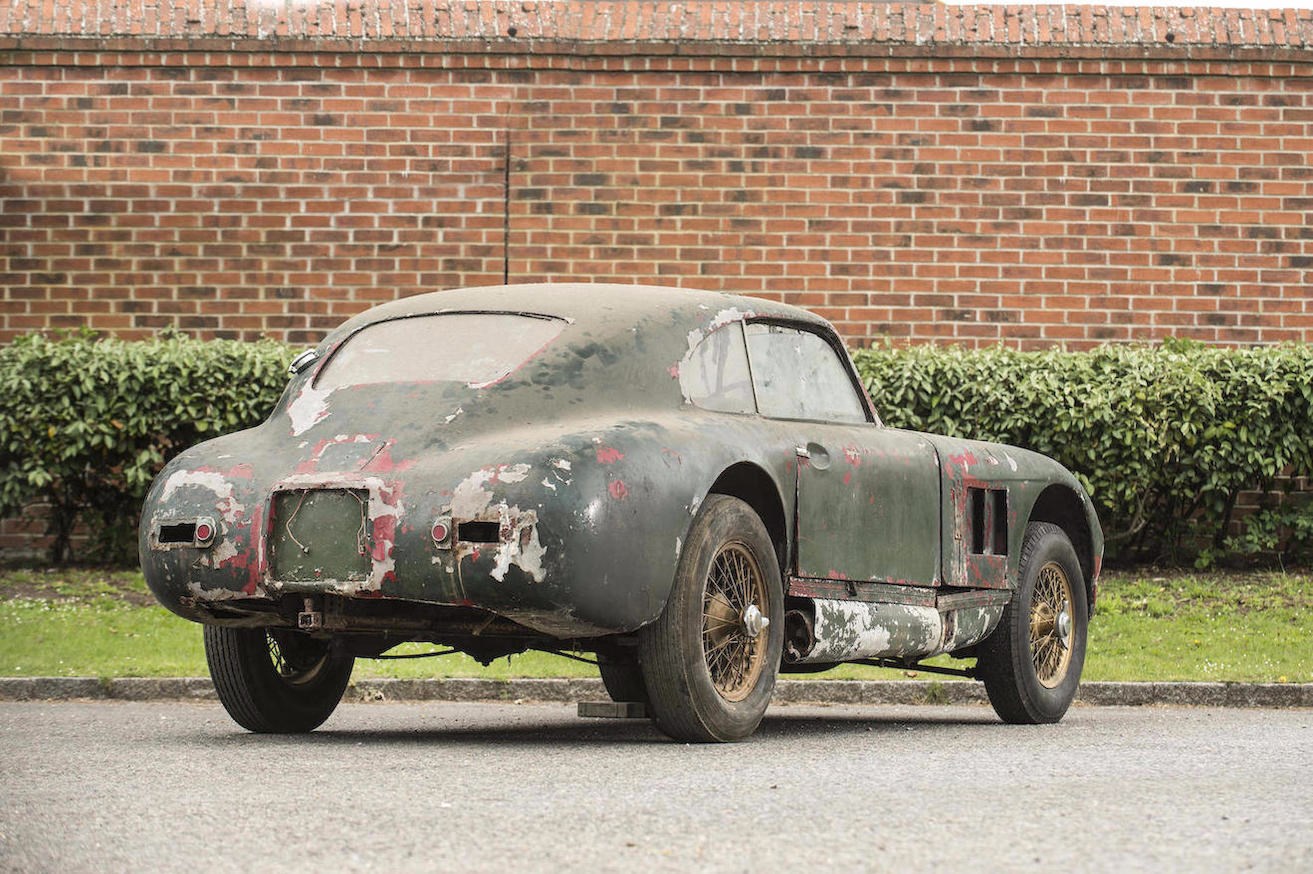 As the lot details describe, it still retains many of the original race parts as designated by the rules of racing in the 24-hour events, including the regulation Le Mans seals on the radiator cap and oil filler.
As the lot details describe, it still retains many of the original race parts as designated by the rules of racing in the 24-hour events, including the regulation Le Mans seals on the radiator cap and oil filler.
“It is an outstanding survivor from not just one 1949 24-Hour race but two — in both of which it finished in significant positions,” the information from Bonhams said.
“As a surviving progenitor of the Aston Martin DB2 production model and as one of the first David Brown Aston Martin works team cars built, its stature as a landmark in the Feltham marque's glittering history becomes even more evident.”
Tim Schofield, of the Bonhams Motor Car Department, said the Fixed-Head Coupe race car not only had a fine race heritage but was also a “very important” car in the history of the British marque. “It started the DB line of cars which are still being built by Aston Martin today,” he said.
“It is remarkably complete and original, but it clearly needs a great deal of work. It was left to the elements for many years and for the past 40 or so years it hasn't had a wheel turned in anger.”
-Daily Mail













